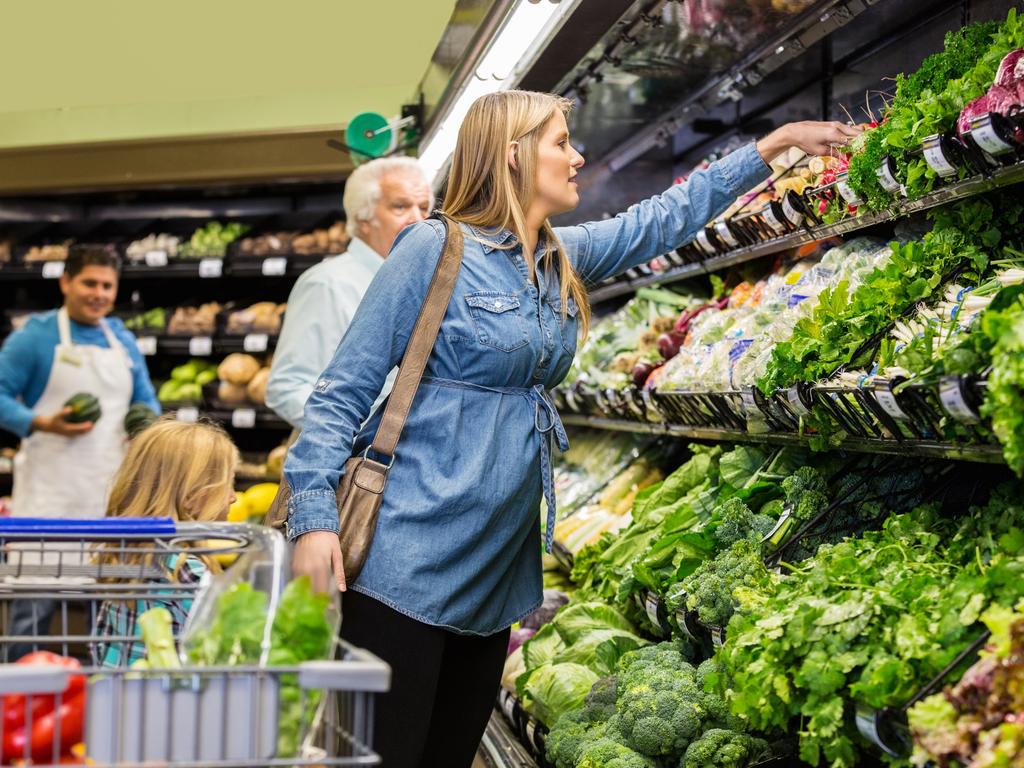Falling food prices ease upward pressure on global inflation
Agricultural markets remain volatile due to war and hot weather; in US, impact on grocery bills might be muted.

Falling prices for commodities such as wheat or corn are set to slow consumer food price increases, easing pressure on a major driver of global inflation.
But economists warn it is too soon to declare victory. Agricultural markets remain volatile and the continuing war in Ukraine, combined with unusually hot and dry weather in Europe and parts of the US, could bring new disruptions to food supplies.
“We’ll see certainly in the short run adjustments in prices,” said Rob Vos, an economist at the International Food Policy Research Institute. “I would be very cautious in making big projections that things are stabilising and getting better because we still are in a pretty difficult and tight situation.”
Supply problems caused by the Covid-19 pandemic sent the price of food soaring last year. Russia’s invasion of Ukraine in February added additional pressure. The two countries combined accounted for 28 per cent of global wheat exports last year and 15 per cent of corn exports. Russia is also a major exporter of agricultural fertiliser, and Ukraine leads the world in sunflower oil exports.
The onset of the war pushed up global food prices by 13 per cent in March from the previous month, according to the United Nations’ Food and Agriculture Organisation. Prices have edged down since, and in June, they were about 3 per cent below March levels, though they remain higher than before the war started, according to the FAO.

Futures markets point to continued price declines. Wheat futures prices are now roughly where they were before February 24, when Russia began its invasion of Ukraine. Corn prices are at their lowest so far this year.
A recent agreement between Russia and Ukraine allowing exports of Ukrainian wheat could help cool global prices.
After the agreement was signed, Russia attacked two of Ukraine’s biggest ports, Odessa and Mykolaiv, which handle much of the country’s food exports, raising doubts about Russia’s adherence to the deal.
The recent decline in commodity prices has already started to show up in consumer prices in some countries, and economists expect further moderation in coming months.
Annual food inflation in Colombia has eased from its peak in April, even though it remains historically high. In Egypt, food prices fell on a monthly basis in June.
In the US, Wingstop, a restaurant chain, said it had started seeing falling chicken prices. “We are benefiting from meaningful deflation in bone-in wings,” said chief executive Michael Skipworth in an earnings call.
JPMorgan economists now forecast global food inflation rates falling by half to around 5.5 or 6 per cent in the fourth quarter of this year from around 13 per cent in the second quarter.
That would make a big difference in emerging markets, where food accounts for a greater share of consumer spending than in developed economies. Easing food inflation could bring inflation down by 1.5 percentage points globally and 2 percentage points in emerging markets, JPMorgan estimates. That could take some pressure off central banks, many of which have been raising interest rates to bring inflation under control.
The US could also see food prices moderate. Agricultural economists, though, say the effect at US grocery stores could be muted. Commodities contributed only about 15 per cent of retail food costs, with labour, shipping, packaging, advertising and profit margins contributing the rest, said Jayson Lusk, an agricultural economist at Purdue University.
Lower commodity prices “certainly can’t hurt”, he said. “From the consumers’ perspective it’s a positive sign that maybe we’ll see some downward pressure or at least a reduction in the increase.”
US consumer food prices, both at grocery stores and restaurants, were up 10.4 per cent in June from the previous year, the highest in more than four decades. Food inflation accounted for roughly 1.4 percentage points of the 9.1 per cent overall inflation rate in June.

Higher prices are prompting some consumers to pull back or switch to cheaper brands. Unilever and Kraft Heinz, which own many major food brands, both reported last week that higher commodity costs had forced them to raise prices even though that meant losing some customers.
Mr Vos said food commodity prices were going down for the wrong reasons. Rather than signalling easing supply constraints, the price declines are a reflection of the dollar’s strength and an expectation demand will decline as global growth cools.
Since commodities are priced in US dollars, a rise in the value of the dollar tends to push down the price for commodities, to offset the more expensive currency.
At the same time, central bank interest rate increases to curb inflation have raised the risk of a global recession.
Last week, the International Monetary Fund lowered its forecast for global growth and raised it for inflation, as China’s Covid-19 lockdowns, rampant inflation and the war in Ukraine continue to weigh on the world economy.
“There are a few things on the horizon for me that say we may not be done with higher food prices,” said Scott Brown, an agricultural economist at the University of Missouri.
Chief among them are war and weather. Hot and dry weather in Spain, Italy and parts of the US will lower rice production next year, the US Department of Agriculture estimates, which could raise rice prices.
The agency says global wheat and corn production will fall by 1 per cent and 2.6 per cent, respectively, next year. Ukraine will see its wheat output fall 41 per cent and its exports by almost half, according to the USDA.
“There are just so many uncertainties or unknowns right now, if I was a consumer I’d expect a lot of volatility in food prices ahead,” Mr Brown said.
The Wall Street Journal






To join the conversation, please log in. Don't have an account? Register
Join the conversation, you are commenting as Logout